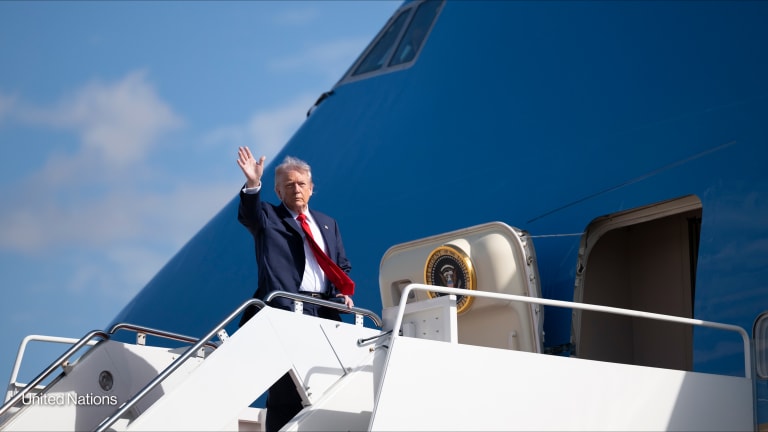We're all aware of the tragedy unfolding in Darfur. But too few are familiar with the grave crisis in Sri Lanka. That crisis is getting worse.
The island country's army has pinned rebel fighters onto a sliver of coastal land. An estimated 100,000 civilians trapped in that same 7-square-mile stretch of beach are beset on all sides. Rebels are accused of using civilians as human shields and shooting those who flee in the back. The Sri Lankan government appears to be bombing what's supposed to be a no-fire zone. Food and relief supplies are scarce.
On Wednesday, at least 60 were killed and up to 300 injured when two health facilities were shelled, most likely by the military. That same day a worker for the International Committee for the Red Cross was killed while getting water for his family.
In Wednesday's Guardian, John Holmes, head of the United Nations' humanitarian and relief efforts, warned of "a bloodbath on the beaches of northern Sri Lanka." He estimates that there are up to 190,000 civilians trapped there. The U.S. puts the number at 100,000 and the Sri Lankan government only 40,000.
Seeing a "final confrontation" looming between the Tamil Tigers and the Sri Lankan military, Holmes has called for a lull in the fighting to allow aid workers and relief supplies into the conflict zone and to offer civilians who want to leave the chance to do so.
U.N. Secretary-General Ban Ki-moon spoke with Sri Lankan President Mahinda Rajapaksa about the deteriorating situation on Thursday. Meanwhile, advocacy groups are lobbying the International Monetary Fund to cut lending to the Sri Lankan government.
And right on cue, the region's aid supply lines are becoming more treacherous. Somali pirates temporarily seized the U.S.-flagged Maersk Alabama cargo ship on Wednesday - its captain is still being held hostage. The crew was able to retake control of the ship, which was heading to Mombasa with 400 containers of food and agricultural supplies for the World Food Program, USAID and other donors. A similar route - through the Gulf of Aden and into the Arabian Sea - is used for most aid supplies heading to India and its surrounding.
Just one more worry for increasingly desperate Sri Lankan civilians.




